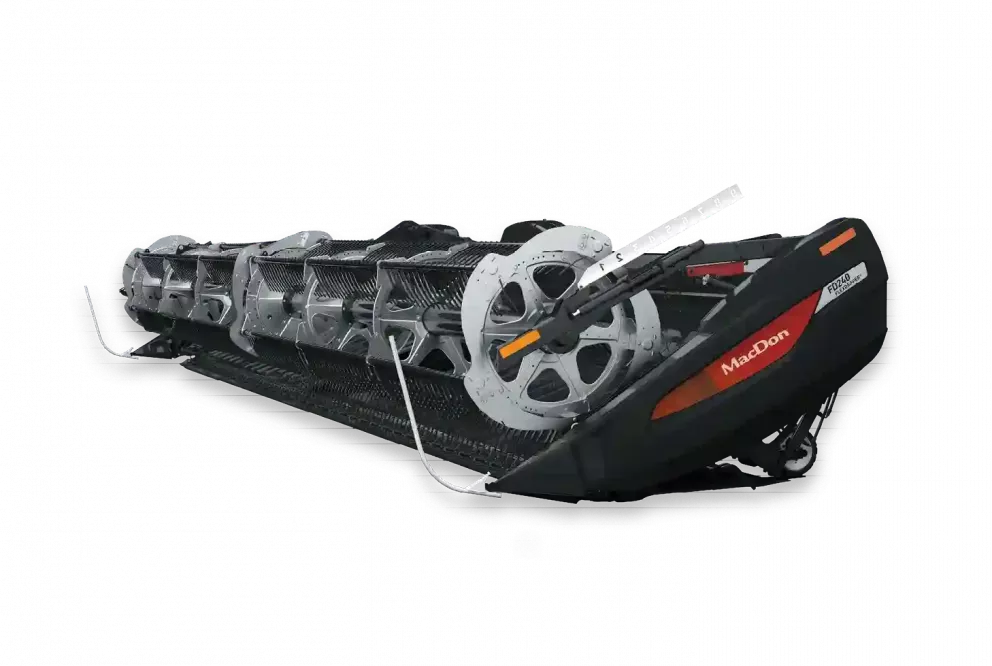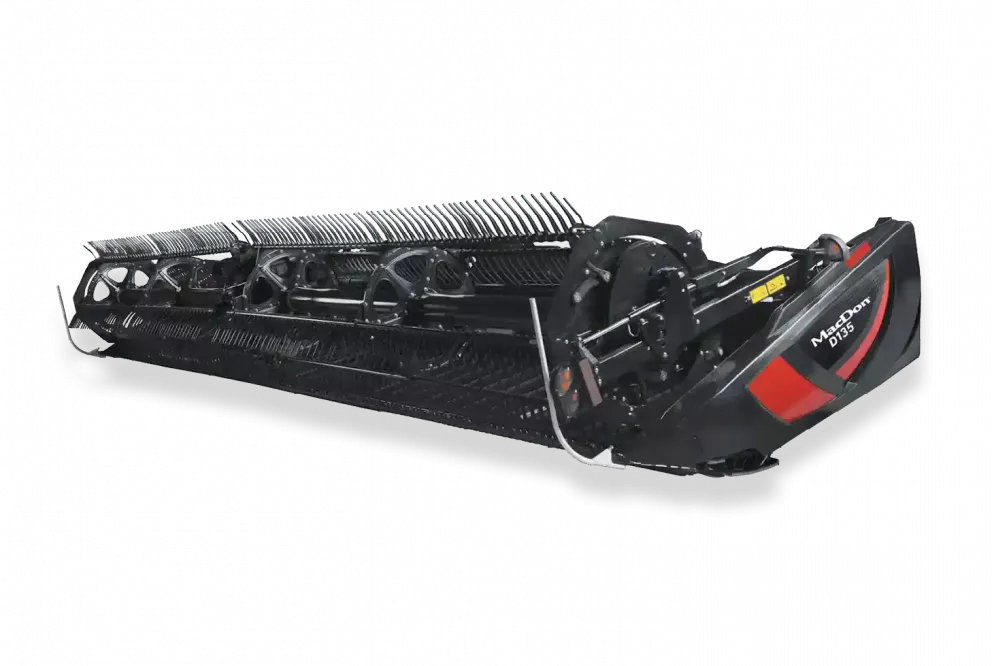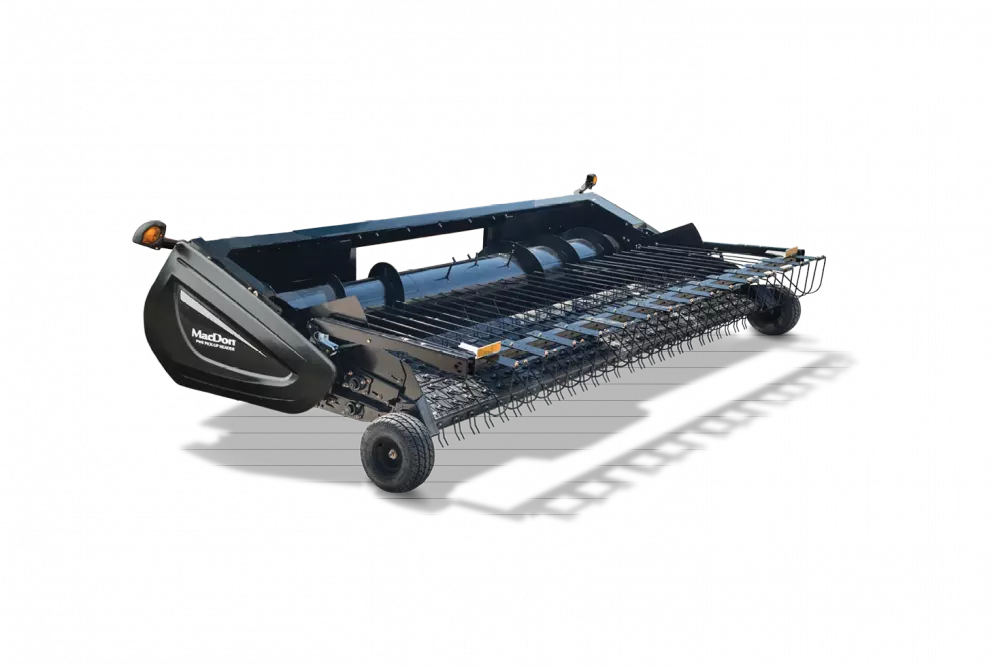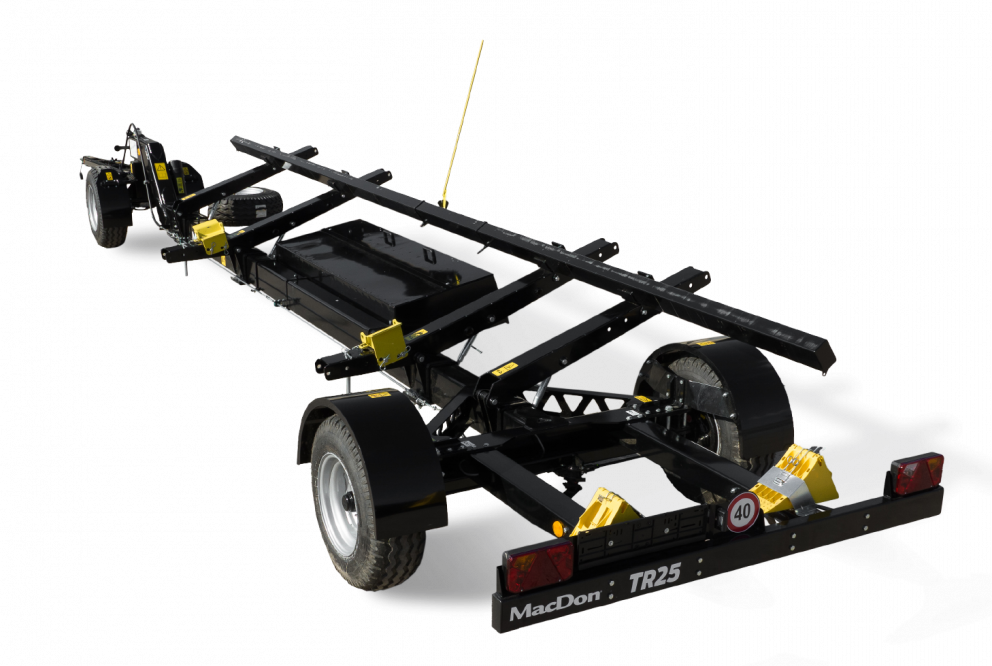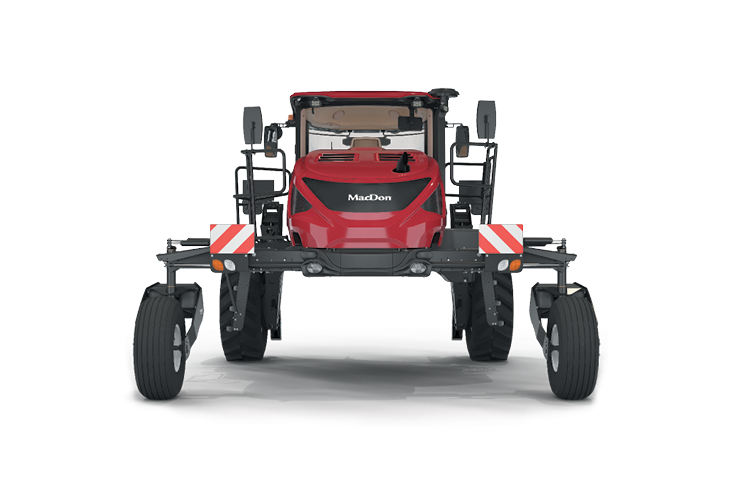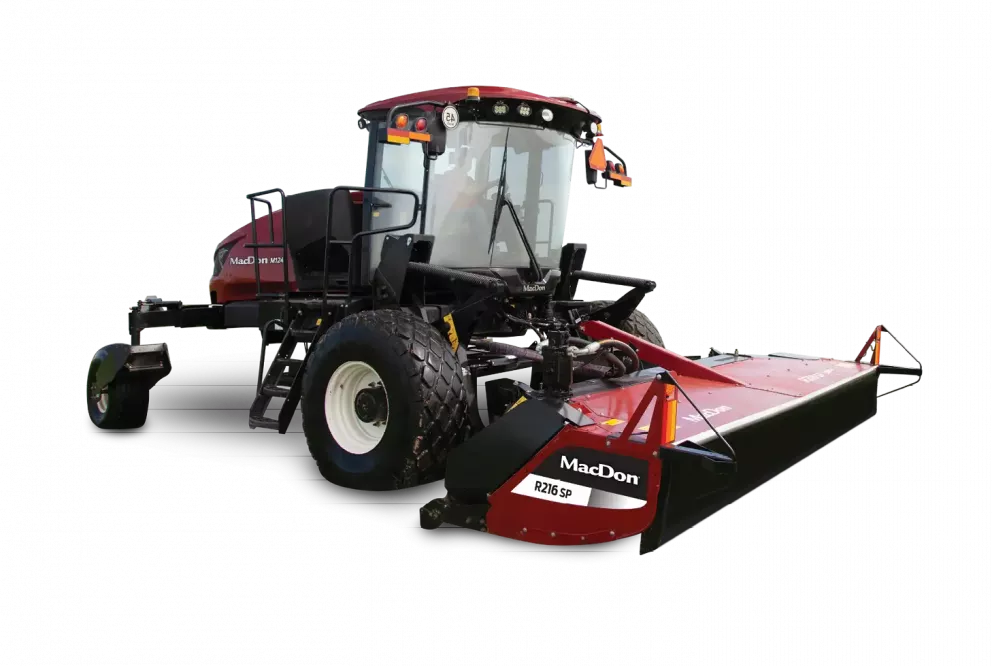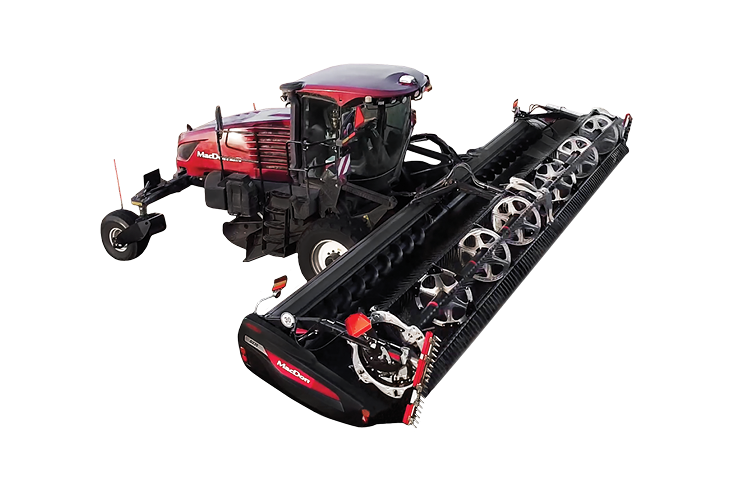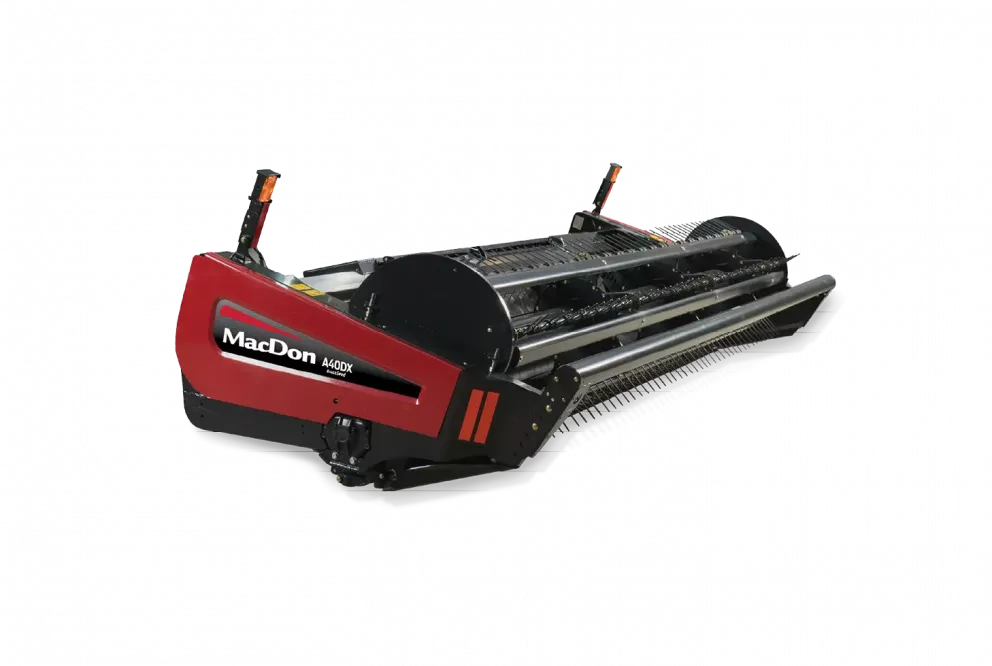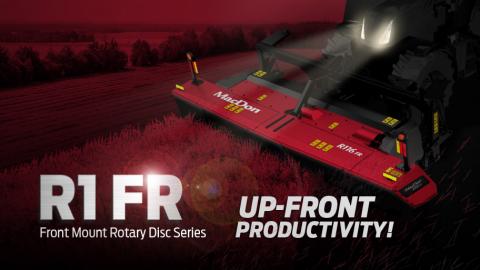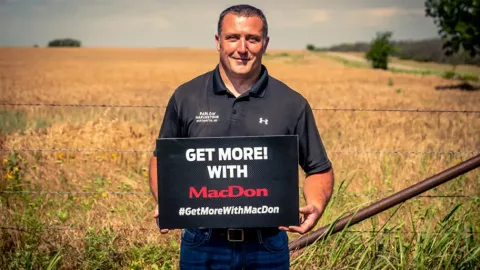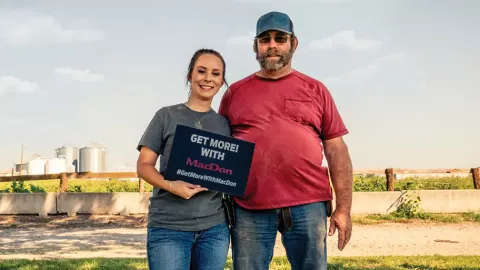Sustainable Conservation
For Alabama farmer Annie Dee, conservation and profitability are two sides of the same coin.
EVERY OPPORTUNITY TO IMPROVE EFFICIENCY AFFECTS THE BOTTOM LINE AND THAT AFFECTS SUSTAINABILITY.
Most farmers employ conservation practices in their operations, but few have taken up the conservationist flag as passionately and completely as Alabama’s 2013 Farmer of the Year, Annie Dee. Working with her brother Mike Dee and twin sons Seth and Jesse More, Dee manages a row crop and beef cattle operation in Aliceville, Pickens County, Alabama. Perhaps it is more accurate to say that she “stewards” their Dee River Ranch for there is hardly an element of their operation that has escaped her conservationist eye.
“It is crucial that we leave our land and water better than we found it,” says Dee from her ranch which straddles the Alabama Mississippi border. “My concern is not just for my children and my grandchildren, but also for how we are going to feed the ever growing world. They predict we will have nine billion people by 2050, and we won’t be able to feed them all unless we become serious about conservation and sustainability.”
To that end Dee says that they work to achieve three basic conservation goals in the farming of their 10,500 acres (4249.2 hectares). First, they strive to protect the 2,500 acres (1011.7 hectares) of pasture land in their care by only growing native, existing or approved grass varieties. This, and other practices with their 1,000 head cattle operation, has made the Dee River Ranch a regional winner in the Environmental Stewardship Awards Program.
Their second goal is to take their highly erodible and marginal land out of production and return it to a more natural state by planting trees and native grasses. This has resulted in delivering 4,000 acres (1618.7 hectares) of their land to the Conservation Reserve Program, with the double benefit of creating more habitat to protect local wildlife species.
Finally, of the roughly 4,000 acres (1618.7 hectares) they have devoted to row crop production (corn, wheat, and soybeans), they work hard to build up its soil quality as well as control soil moisture loss and erosion. They do this through a combination of many practices including the use of riparian buffers, natural fertilizers (chicken litter), no-till planting and winter cover crops such as clover, rye, oats and even radishes or sunn hemp.
“Our soil is our bank account,” says Dee. “We need to build it up if we are going to produce more crops and healthier crops.”
Dee says that she comes by her conservation inclinations honestly.
“My dad was just a great steward of the land. He was just passionate about studying and learning about the best ways to do things. He had an idea, maybe 25 years ago, to plant clover to put nitrogen in the soil for the wheat crop. Unfortunately that didn’t work for him.”
She says that both she and her dad have had to learn much of their conservation practices through trial and error, and as a result they made more than a few mistakes through the years such as the time she grew daikon radishes as a cover crop and to break up the hardpan. Unfortunately, they didn’t die off in time and she was late planting her corn.
“You need a frost to kill them, or use other means, and no one told me about that. It took a long time to kill them that year and I learned that you have to start thinking four to six weeks ahead of time about killing them if you can’t count on a frost. They tell you what works, but no one tells you what doesn’t work.”
Because of experiences like this she says it is important that farmers share their knowledge and learn from each other. She says it is also important to embrace new technologies when they come along.
“Technology is crucial in today’s agriculture. We’re always looking for ways to become more efficient. For example, our MacDon 40’ (12.2 m) FlexDraper® is essential to our operation, not only because it allows us to follow the same path that our sprayer and other equipment take, but because it is a much more efficient piece of equipment compared to the auger flex heads we used to use.”
Dee says that their current FD75 is actually the second FlexDraper® that they have owned.
“I have just loved my FlexDrapers. When we first got one our neighbors would keep coming over to see it and they couldn’t believe how much better it was at feeding evenly. It has such a good constant feed that our combine no longer slugs. The combine thrashes better and you get a better result from your harvest, especially in soybeans.”
While she says that she has not taken time to measure exactly how much she is gaining, she is confident that she is recovering more.
“With our previous header, some of our beans would fly over the top because the cylinder would just throw them out. That’s not a problem with the FlexDraper®. I have not put a dollar figure to it but I would say that we are getting at least a 10% increase in harvestable crop with the FlexDraper®, and maybe more.”
Another thing that Dee likes about the FlexDraper® is its simple design, which translates into robust performance in the field.
“I’m a good operator but I am not a mechanic. With our previous auger platforms if I broke the cutterbar I would have to wait several hours because I would have to call someone and wait for them to fix it. The FlexDraper® is different. Because it is hydraulically driven, the cutterbar is more likely to stop if I get something in the header. That not only saves the cutterbar, it means that once I get the stuff out it is easy to get going again. What was once a several hour breakdown for me, is now a pause in work of just a few minutes.”
That kind of improved efficiency is exactly what Dee looks for in all of her operation.
“Every opportunity to improve efficiency affects the bottom line and that affects sustainability. As farmers, if we are not sustainable we won’t be in business to feed our neighbors or anybody else. The more we improve, the more able we are to increase our production and become profitable. You first have to be able to make a profit before you can focus on protecting the environment and feeding the world.”
Photos in this article provided by Jodie More.
